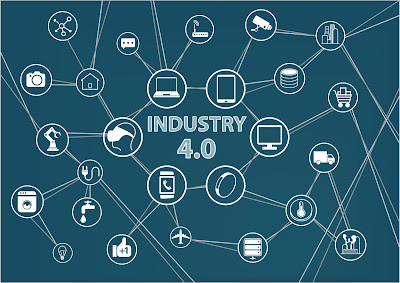An amalgamation of various technologies such as big data, machine learning, automation, and sensor data, industrial IoT enables a connected enterprise by combing the information and operational department of the industry. Let’s take a more detailed look at IIoT and the technology behind it.
Understanding IoT
A sector that is rapidly progressing and accounts for a major share in the global IoT spending, IIoT provides manufacturers and industrialists with a significant opportunity to not only monitor but also automate many complex manufacturing/industrial processes. IIoT, a network of connected devices, enables systems to collect, track, disseminate, and analyze valuable new insights.With these insights, industrial companies can make smarter, faster business decisions. By changing how industries work, IIoT is transforming them. Additionally, businesses are getting desired outcomes by integrating IIoT with other technological solutions. This includes providing production data in real time to unveil additional plant capacity, stopping cyber-attacks through increased visibility or control over the industrial control systems, and allowing identification of corrosion within a refinery pipe through predictive analytics.
IIoT is driving incredible levels of efficiency, productivity, and performance by combining technology, industrial big data analytics, cyber security, and machine-to-machine (M2M) communication. And, this has helped bring transformative operational and financial benefits to companies in the healthcare, aviation, manufacturing, oil & gas and power & energy sectors.
The Future of IIOT
It is predicted that the industrial internet could be worth over $200 billion by 2030. This is the reasons many companies have invested heavily in the industrial internet. Example of this is the Industrial Internet Consortium—an association founded companies to accelerate the development, adoption, and widespread use of interconnected people, machines and devices and intelligent analytics.SIEMENS is helping drive the industrial transformation by leveraging the potential of the industrial internet. The company predicts that in the future, IIoT will account for a major share of the global economy and will impact both energy production and energy consumption. Today, industries are making all sorts of efforts to modernize systems and equipment to meet new regulations, keep up with increasing speed and volatility of the market and deal with disruptive technologies.
Significant improvements to efficiency, safety, and profitability have been experienced by businesses that have embraced IIoT and this trend is expected to continue in the future as IoT technologies are more widely adopted.
If you want to learn more about IIoT, contact Ives Equipment. The can be reached by visiting https://ivesequipment.com or by calling (877) 768-1600.





